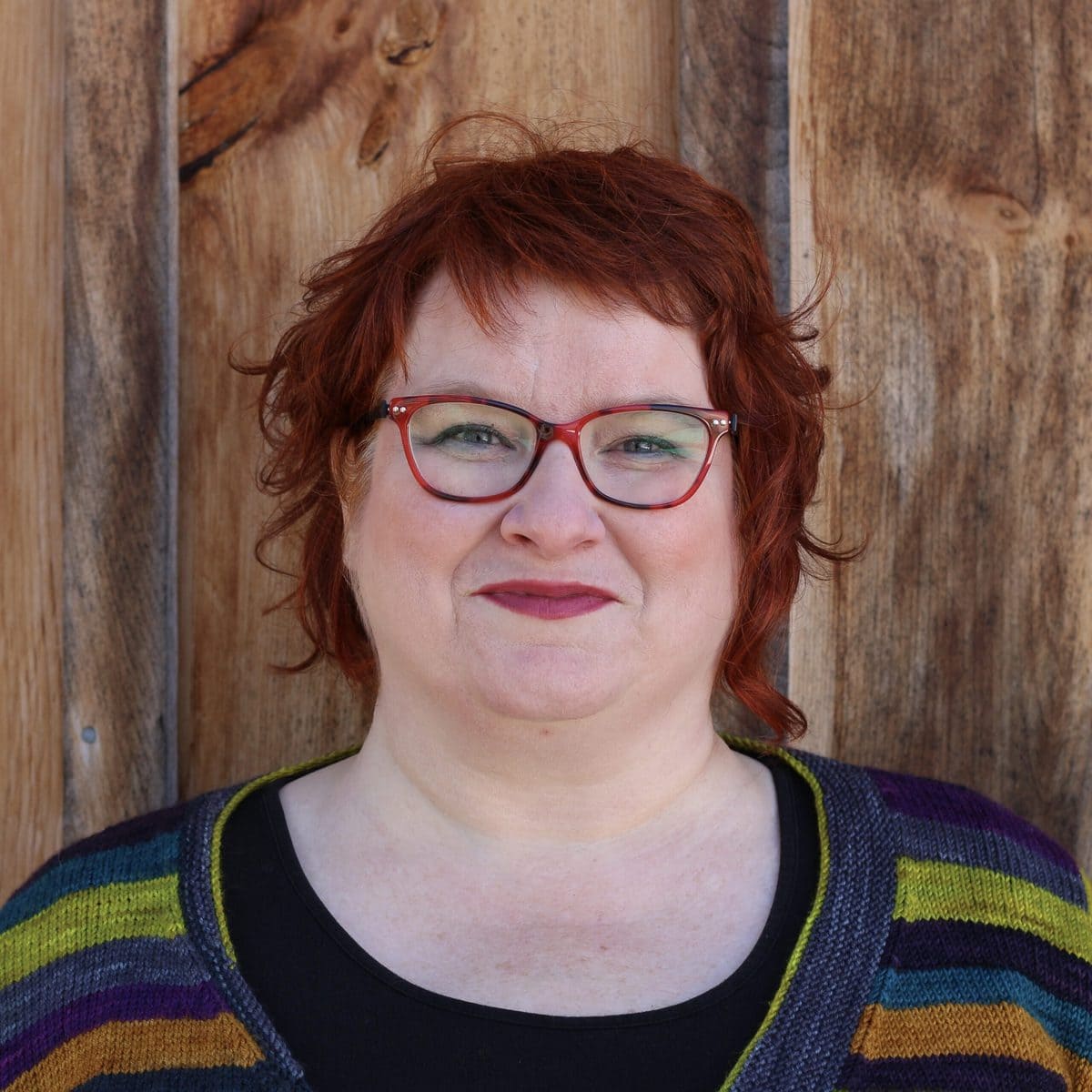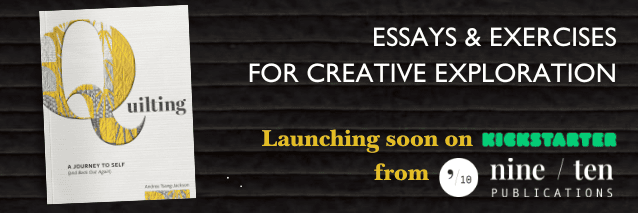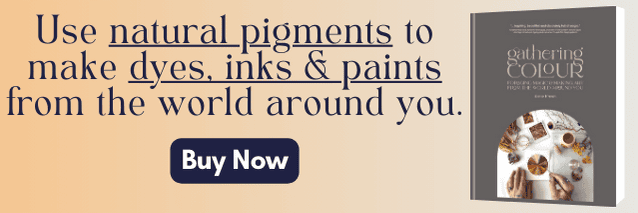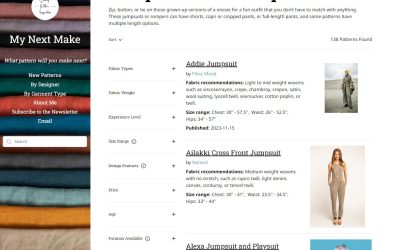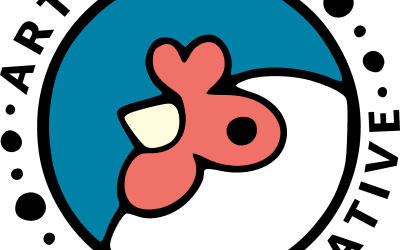“Inclusive design” in clothing is a catch-all term that evokes a utopian dream where anyone and everyone has clothing that fits, is affordable, and functions well for their needs and abilities. It is not the world we live in now, where our choices are dictated by a system that has been geared to serve tall, thin, cisgender, and able bodies. To be clear, the craft system is as non-inclusive as the ready-to-wear fashion world is. Efforts to change these systems seem to move at a glacial pace and often seem to be tackling an insurmountable task.
But what if there were a way we could achieve inclusive design, at least in the craft industry that generates the patterns we use to make DIY garments? What if we, as makers and as designers, worked in partnership towards that utopian goal?
Speaking for myself as a designer, this would involve developing the skills, knowledge base, and confidence to offer my patterns at a range of sizing that reflects real makers, uses the actual average size of people as the mid-point, and works up and down from that mid-point. As both an experienced (knitting) and a novice (sewing) maker, I would need to develop skills, a knowledge base, and confidence to adapt patterns for my body—as it is now.
Digits & Threads Is a Member-Supported Independent Online Magazine
The articles, tutorials and patterns we publish about Canadian fibre and textile arts, crafts and industry are made possible by our members.
How We Got Here and Where We Can Go
First, we need to understand how we got to this place of sizing dystopia. There is a great misconception that standard clothing sizes are set in stone. In fact, standard sizing—the determination of garment sizes based on a standard set of measurements—for manufactured clothing has only existed since the 1950s. Those standards have tilted towards “vanity sizing,” based on the assumption that women would be more likely to buy clothing that fits them if the number on the size label is smaller. What was labelled a size 8 in 1958 is labelled a size 00 today.
Currently, the average woman’s dress size in North America is 18 (Missy) or 20W (plus). Indeed, it’s estimated that 68% of women are above that size. Despite this, the spectrum of pattern options available to women above size 18 (20W) is narrow, at best.
It does not make business sense for a clothing-pattern designer to only sell options to makers who are smaller than the average. Seeking to serve only thirty-two percent of the market should not be good enough for a business; it should be a no-brainer for a business to cater to a larger segment of their market.
Inclusive size clothing is an infinite concept. To be truly inclusive, pattern and clothing companies would have to provide sizing for every human on the planet. I think we can all agree that is an unreasonable expectation. Instead, let’s look at what is reasonable. Who are garment-pattern customers, and in an ideal scenario, who could that market of customers include if designers expanded their size ranges?
What Exactly Is Inclusive Design?
“Inclusive size” is a popular tag used on pattern sites and Instagram. But what does it actually mean?
As a size 18 woman, I get excited when a shop announces they’re carrying patterns by Company Y, whose size range, as announced, “now goes up to 7X!” But all too often, I discover that only two of their designs are sized in this way and, even worse, that “7X” for one company is the same as “4X” for another. What if we abandoned these arbitrary labels and used actual facts and measurements instead? What if Company Y touted that ”80% of our patterns are inclusive of sizes 4-16/32-48″ bust, and 20% are inclusive of sizes up to a 68″ bust/70″ hip?” Then we would know immediately if their clothes might fit us.
Inclusive garment design in knitting, crochet and sewing allows makers to create clothing that looks beautiful on various body shapes and sizes—and to be clear, I mean that “beauty” is determined by how the person feels when they wear that clothing. Incorporating different garment shapes, degrees of ease, and details to suit diverse bodies creates an opportunity for a designer to expand their audience.
Inclusive design is not just about a designer making sure their size range is expansive. It’s about making sure that the shape of their garment transforms across many body types. Groups of bodies are different, and even within those groups, a range of differences is a challenge to fit.
When I started designing, I used the Craft Yarn Council of America’s standard sizing chart for women, which goes up to 62″ bust and hips. The sizing chart I use now, though, is based on learning from my own making and from feedback from makers who have made my patterns and those of others. I’ve performed my own survey of women from across North America, and from their reports of their measurements, I adjusted my sizing standard. I expanded my chart, keeping in mind the style standards I had developed for fit, and ensuring that the new sizes I’ve brought into my sizing charts reflect a similar silhouette.
Note to Makers
Makers, let’s think about sizing standards as guidelines. Up to around the 1950s, clothing was custom-sized. Most garments were made at home; some was manufactured to fit each customer’s specific measurements. Learning how to make clothes that fit was a standard household skill that we’ve lost over the past fifty years or so. As makers, we are reviving these skills for our own wellbeing. We can extend that feeling of wellbeing to creating clothing we love and are proud to wear.
Know your body. Measure it often.
Know what styles of clothing you like to wear. What is comfortable is as important as what the clothing looks like on you. Both contribute to your confidence and wellbeing. I love how round-neck tops and dresses look on me, but when the neckline is really close to my collarbone, I feel like I’m choking. One of my fit challenges is finding out how deep I need that round neckline to be so that I’m comfortable, and how to execute that in a paper sewing pattern and in a written knitting pattern.
Fitting clothing to our bodies is a skill.
Learning to make modifications to paper patterns is a skill.
Performing calculations to make written patterns fit better is a skill.
Skills can be learned. If it’s not easy initially, remember learning how to start your first knitting or crochet project and forming your first stitches. Remember threading your sewing machine for the first time, and the first time you cut cloth. Everything you are good at now had to be done for the first time at some point in your life. Be willing to try and fail and try again. Improving fit is an interconnected web of skills that gets easier the second and third and twentieth time you do it.
Let’s discuss…
What would happen if, as a maker, you started thinking about all clothing patterns as modular? Understanding your own body, style, and how you want clothes to fit means you can look at a sewing, knit, or crochet pattern as an assembly of pieces. If your hips match size A and your bust size B, but your arms are hanging out with size F, think about the connecting elements and how they need to work together to combine into a garment that will fit. Treating pattern elements as building blocks, and developing the skill to meld elements of different sizes together, allows you to have complete control over how clothing fits you and your body.
Note to Designers
Bodies in different size ranges have different proportions, and this concerns designers. A real commitment to inclusive size designs means agreeing to learn about diverse bodies and working to fit them. It’s education and it’s an investment.
Women over size 18 (20W) are relentlessly challenged to prove their worth as potential customers in a world where their clothing and pattern choices are already limited. I’ve spoken to designers who are thinner than I am who are intimidated by designing for a range of bodies that don’t look like theirs. I fully understand that feeling. I don’t look like them; I have struggled to learn how to properly fit bodies that don’t look like mine. But I did, even though those bodies represent a much smaller segment of the marketplace than those like mine do.
Makers need patterns they can make to fit them well. That means designers need to provide a size range that starts at the median and moves up and down from there. It means providing even the most basic version of a garment pattern with clues about how and where makers can modify it. It means giving makers a place to start, so they can make, wear, and alter your clothing, and put more of it out into the world. When you provide makers with shortcuts to additional tools, tutorials and workbooks, and modification information in patterns, you provide them with the gift of being able to make your clothing fit them as you intend.
Let’s discuss…
What if you started looking at clothing construction in non-traditional ways and made that the standard? If you conceive of the body and sleeves of a sweater as separate elements, could you show makers how to interchange a sleeve from one size with the body of another? Could you create a pattern that mixes and matches garment bodies with different necklines and sleeves so makers could incorporate the elements that will fit them best and suit their style?
Everything you are good at now had to be done for the first time at some point in your life. Be willing to try and fail and try again.
Several years ago at an event, in a crowded room, a woman informed me in a loud voice that I needed to show my garments on other bodies than my own size 18 body because she couldn’t imagine what my garments would look like on her size 8 body.
Welcome to the club! As a size 18 woman, I have had to imagine what all garments might look like on my body for decades. Most of us have had that experience. We are the majority.
Note to Makers
Make your voice heard! If there’s a pattern out there that’s not written for your size range, talk to the designer. Listen to their arguments. Really listen. And respond. I’ve had excellent experiences speaking with designers, maker to maker, identifying the real barriers, and offering guidance on breaking through those barriers. Designers are people, often working alone. You can be part of a pile-on that results in a defensive, negative, and close-minded response, or you can help them see a new way of approaching design. Armed with statistics and a creative problem-solving mind, I’ve had many discussions with designers just like this, and have been pleasantly surprised by the results.
The only time your voice will not matter is if you don’t use it. Every time you speak up, it has an impact.
Note to Designers
When you can, show us what your garments look like on different bodies. Even if you’re not able to do so in pattern photos, having a gallery of your garments on different body types is an excellent marketing tool, especially when trying to sell to the average size and above. We rarely see ourselves in magazines and pattern books. When designers not only design for our bodies but show them, it’s empowering on both sides. As a designer, I feel great about showing and representing an underserved portion of our making community. As a maker, seeing my size represented in a designer’s photographs makes me feel seen and heard and understood. And that makes me want to make more of their designs.
When makers approach you, we are telling you crucial information. We want to support your work, and for that to happen, we need you to support us as well. We have important information about fit and sizing that will help you become more confident in designing for us. We want to see more relationships develop between designers and those of us of truly average size.
Engage. Engage in discussions on social media and by email, and participate in efforts to gather data to improve sizing charts. Several people (including me) have been collecting data to create a more inclusive sizing chart for the knitting industry that reflects actual makers’ bodies—contribute to my data collection here. Contribute to these efforts by providing feedback or taking surveys, especially if you fall outside the 30″-62″ bust range included in the current CYCA standards.
Where to Start?
Here are some next steps.
For Makers
- Understand your own personal style. Try on many different styles of clothing, with different hem lengths, necklines, fits and fabric styles. Take notes about what you like, what you find flattering on yourself, and what feels comfortable. All of this information can be transferred to choosing your makes.
- Start slow. Find one fit issue you’d like to improve in your next garment and concentrate on what you need to learn to make that happen. Then add a second to the next garment you make, until the changes and shifts you need to make to patterns become easy for you.
- Track your makes, noting which fit techniques worked and which ones didn’t. I use a Bullet Journal to make initial notes and then transfer those to a Fit Notebook so I can find the information easily for my next project.
For Designers
- Understand what “good fit” means. It’s not enough to simply make garment patterns with bigger measurements. It’s important to understand fit, and to be able to convey to makers how they can ensure your patterns fit them properly.
- Understand your market. If you want to increase your size range to include “plus size” makers, connect with the large community of makers and designers who are already working towards inclusive design. The resources are there for you to learn from and to design with.
- Choose one garment in your collection and explore what would be needed to increase its size range. Then do it.

